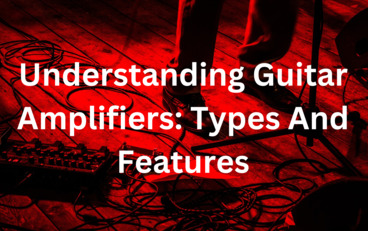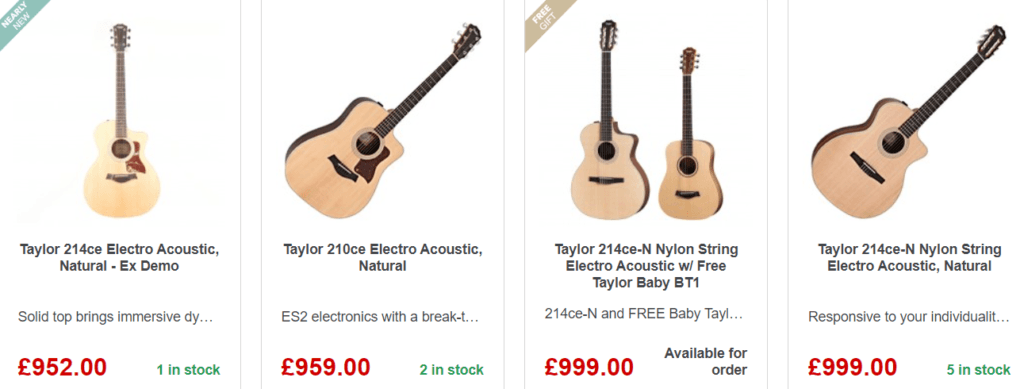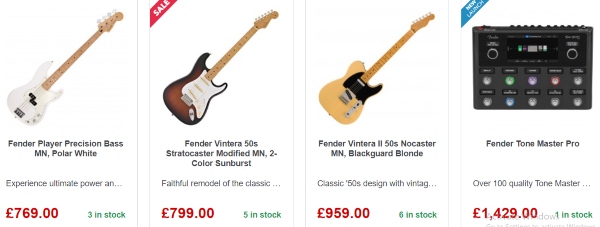Guitar amplifiers are essential for shaping the tone and volume of your instrument, whether you’re practicing at home, recording in the studio, or performing on stage. Understanding the different types of guitar amplifiers and their features can help you choose the right one for your needs. Here’s a guide to the basics:

Types of Guitar Amplifiers:
- Tube Amplifiers:
Known for their warm, vintage tone, tube amplifiers use vacuum tubes to amplify the signal from your guitar. They are favoured by many guitarists for their rich, dynamic sound and natural overdrive when pushed hard.
- Solid-State Amplifiers:
Solid-state amplifiers use transistors instead of vacuum tubes to amplify the signal. They are known for their reliability, durability, and clean, consistent tone. Solid-state amps are often preferred for their affordability and low maintenance.
- Modeling Amplifiers:
Modeling amplifiers digitally emulate the sound of various amplifier types, allowing you to replicate the tones of classic amps and effects. They offer versatility and flexibility, making them popular choices for practice and recording.
- Hybrid Amplifiers:
Hybrid amplifiers combine tube and solid-state technologies to offer the best of both worlds. They typically feature a tube preamp for warmth and a solid-state power amp for efficiency and reliability.
- Acoustic Amplifiers:
Designed specifically for acoustic guitars, acoustic amplifiers reproduce the natural sound of your acoustic instrument with clarity and precision. They often feature additional inputs for microphones and other acoustic instruments.
Key Features to Consider:
- Wattage:
The wattage of an amplifier determines its power output and volume capabilities. Higher wattage amps are suitable for larger venues and louder performances, while lower wattage amps are ideal for home practice and studio recording.
- Channels:
Amplifiers with multiple channels allow you to switch between different tones and settings with ease. Some amps offer clean and overdrive channels, while others include built-in effects and presets for added versatility.
- Controls:
Look for amplifiers with intuitive control layouts that allow you to easily adjust settings such as volume, tone, and gain. EQ controls let you shape your sound to suit your preferences and playing style.
- Effects:
Many amplifiers come with built-in effects such as reverb, delay, and chorus, allowing you to add depth and texture to your sound without additional pedals. Consider whether you prefer a wide range of effects or prefer a simpler, more straightforward setup.
- Size and Portability:
Consider the size and weight of the amplifier, especially if you plan to transport it frequently. Compact, lightweight amps are ideal for gigging musicians who need a portable solution, while larger amps may offer more power and features for studio use.
Speaker Configuration:
The speaker configuration of an amplifier affects its sound projection and tonal characteristics. Common configurations include single speakers, combos with multiple speakers, and amp heads paired with external speaker cabinets.
Whether you’re a beginner or an experienced guitarist, choosing the right amplifier is crucial for achieving the tone and performance you desire. By understanding the different types of amplifiers and their features, you can make an informed decision that meets your musical needs and preferences.




